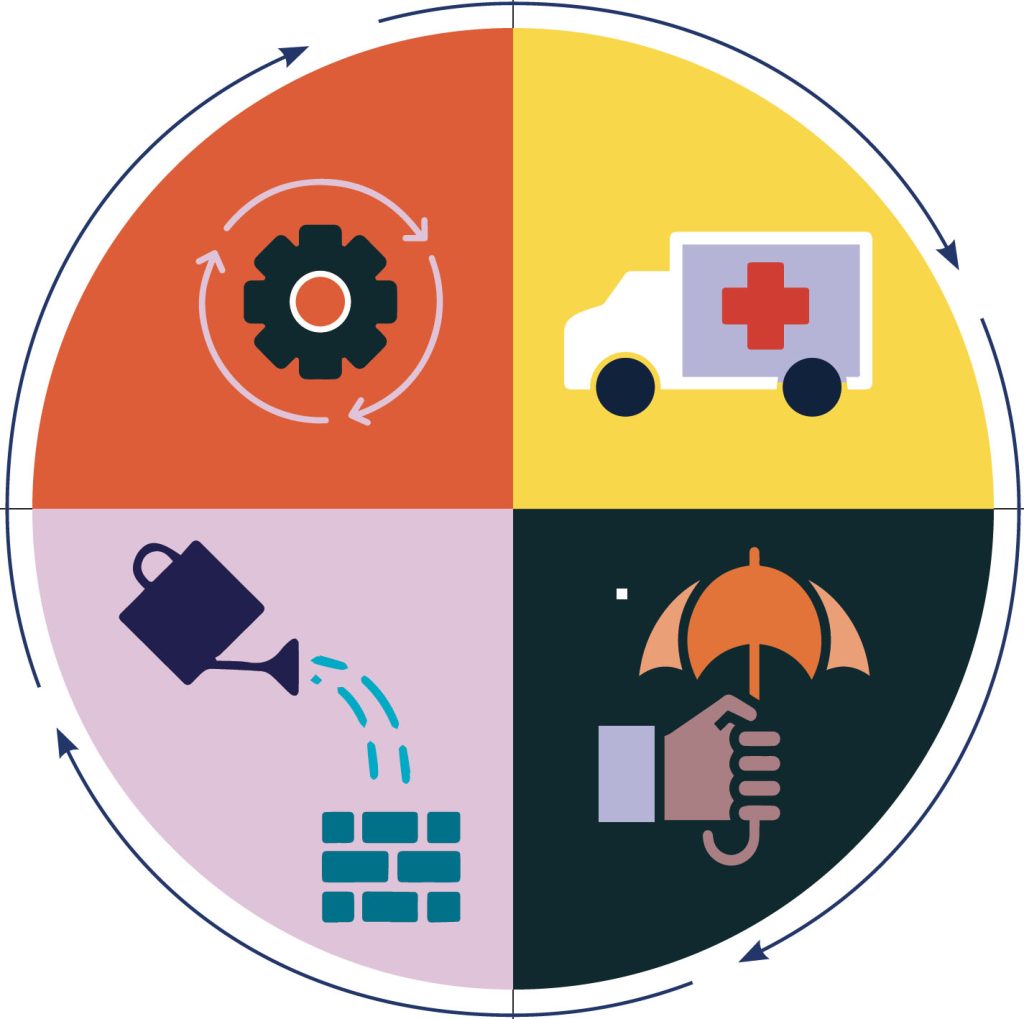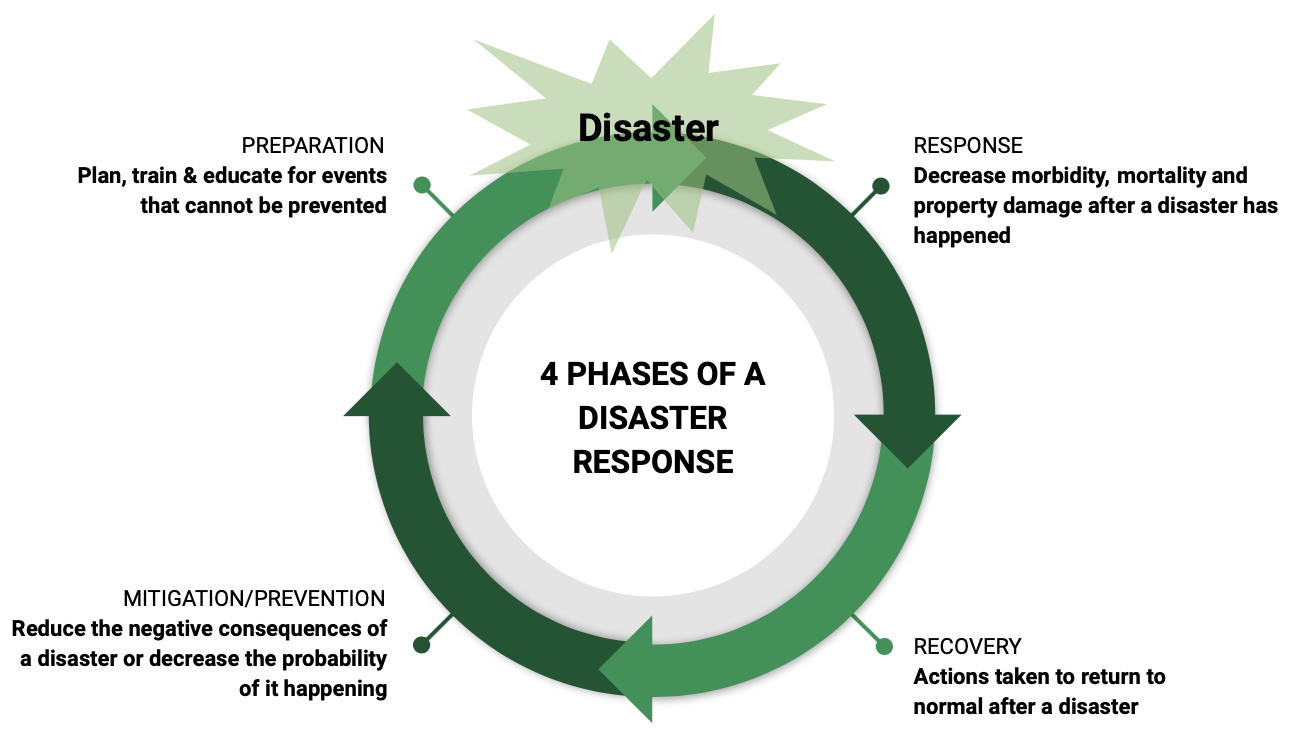Throughout the United States, we face a broad assortment of natural disasters, each varying in the amount of federal assistance required for effective disaster response. This article presents a comprehensive guide to the disaster recovery and response framework at the local, state, and federal levels of government.
Understanding Disaster Relief: Definitions and Background
At its core, disaster relief represents a multifaceted collaboration involving responsive coordination between federal, state, and local governments, often with the addition of private entities. This cooperative network attempts to mitigate the impacts of natural disasters, and guide affected communities towards recovery.
Historically, the Federal government has provided the critical backbone to disaster response and recovery, evident in the emergence of the Federal Emergency Management Agency (FEMA). Established in 1979, this federal agency forms an essential part of the disaster recovery framework in the United States.
Coordinating Disaster Response: Agencies and Organizations at Work
The Federal Emergency Management Agency, also known as FEMA, plays a key role in the disaster response and recovery initiatives in the United States. Typically, following the declaration of a major disaster, FEMA coordinates with state and local entities, nongovernmental organisations, and the private sector in formulating an integrated approach to disaster relief.
Improving Resilience: Current Practices and Future Directions
Disaster resilience refers to the ability to withstand, adapt to, and recover from the impact of a natural disaster. Promoting disaster resilience has gained significant attention in recent years due to the increasing frequency and impacts of natural disasters.
Most notably, the National Disaster Recovery Framework (NDRF) has emerged as a longstanding guide for resilient disaster recovery. It promotes a collaborative and resilient approach among all levels of government and their partners to ensure effective disaster relief.
Politics and Disaster Management: An In-depth Analysis
The politics of disaster response and recovery illustrate the complex obstacles between efficient disaster management and the political factors at play. Studies from the Department of Political Science reveal that political factors often shape disaster relief decisions and could impact the orchestration of an efficient disaster recovery process.
Get Involved: How to Contribute to Disaster Recovery
Becoming an active participant in disaster recovery efforts can be a fulfilling way to contribute to the resilience of your community. The Federal Emergency Management Agency supports a range of training programs to hone your disaster response skills, such as the Individuals and Households Program (IHP).
Training for Disaster Response: Boosting Your Skills
The IHP provides financial help or direct services to those who have necessary expenses and serious needs if they are unable to meet the needs through other means.

Essential Updates: Disaster Response and Recovery News
A review of recent updates in disaster response and recovery reveals a notable trend: the increasing involvement of local communities in the disaster recovery process.
Case Studies: From Disaster Response to Recovery
One of the most impactful cases in recent years is the post-disaster response to Puerto Rico following the devastation by Hurricane Maria. This event highlighted the shortcomings of the federal response, and underscored the need for improved coordination among all levels of government as part of the disaster recovery framework.
Meanwhile, the response to Hurricanes Harvey and Irma in populous areas like New York provided different insight into disaster recovery. There, the layers of bureaucracy illustrated the challenges involved in responding to and recovering from major disasters, especially in highly populated cities.
In conclusion, it’s incumbent upon us as a society to enhance our understanding of the complexities of disaster response and recovery to foster improved community resilience in the face of increasingly common natural disasters. Through the collective efforts of federal, state, and local stakeholders, as well as private sector involvement, more efficient and empathetic disaster response protocols can be put in place.

